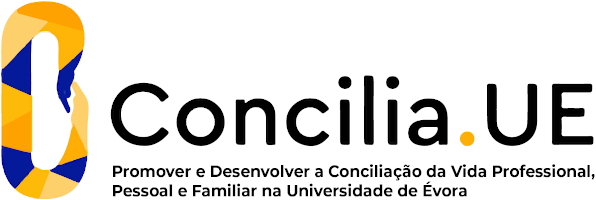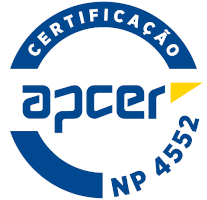2025
Smart Materials and Structures
Name: Smart Materials and Structures
Code: EME13156D
6 ECTS
Duration: 15 weeks/156 hours
Scientific Area:
Mechatronic Engineering
Teaching languages: Portuguese
Languages of tutoring support: Portuguese, English
Regime de Frequência: Presencial
Sustainable Development Goals
Learning Goals
Smart structures are made with active materials (piezoelectrics, SMA, etc.) working as sensors and actuators. By using a control system these structures have the ability to adequate their response to the applied loads.
Objectives
1. Overview the most recent developments in the area of smart structures and active materials, successful applications and their potential.
2. Provide knowledge and essential tools to model, analyse and design adaptive structures.
Capabilities to be developed:
(a) be acquainted with the behaviour of the active materials and their constitutive models;
(b) develop models for the computational analysis of active materials and structures;
(c) use design and analysis software;
(d) identify new opportunities in the of smart structures and materials;
(e) acquire independence in searching and reading scientific literature.
Objectives
1. Overview the most recent developments in the area of smart structures and active materials, successful applications and their potential.
2. Provide knowledge and essential tools to model, analyse and design adaptive structures.
Capabilities to be developed:
(a) be acquainted with the behaviour of the active materials and their constitutive models;
(b) develop models for the computational analysis of active materials and structures;
(c) use design and analysis software;
(d) identify new opportunities in the of smart structures and materials;
(e) acquire independence in searching and reading scientific literature.
Contents
1. Smart materials and structures. Examples of application in several domains. Piezoelectrics, SMA (shape memory alloys), electroactive polymers, electro-rheologic and magneto-rheologic fluids, biomimetics.
2. Revisions of continuum mechanics and constitutive behaviour.
3. Electromagnetic active materials. Ferroelectricity, piezoelectricity, electrostriction, magnetostriction, electro-rheology. Constitutive laws.
4. Shape memory alloys. Constitutive law.
5. Application tailored materials. Composite materials. Anisotropy benefits.
6. Finite element models and multiscale analysis of active composites.
7. Design of smart structural components and mechanisms. Active and passive control. Failure modes and criteria.
8. Introduction to manufacturing.
2. Revisions of continuum mechanics and constitutive behaviour.
3. Electromagnetic active materials. Ferroelectricity, piezoelectricity, electrostriction, magnetostriction, electro-rheology. Constitutive laws.
4. Shape memory alloys. Constitutive law.
5. Application tailored materials. Composite materials. Anisotropy benefits.
6. Finite element models and multiscale analysis of active composites.
7. Design of smart structural components and mechanisms. Active and passive control. Failure modes and criteria.
8. Introduction to manufacturing.
Teaching Methods
Weekly 2h lectures or tutoring, with each student being responsible for reading the advised bibliography.
The students assessment consists in an assignment [A] which may involve experimental work, and one project [P], both with final discussion. All elements are marked in the range [0, 20].
The final grade [NF] is given by:
NF = 0.5 * A + 0.5 * P;
The student is approved if NF>= 9.5.
The students assessment consists in an assignment [A] which may involve experimental work, and one project [P], both with final discussion. All elements are marked in the range [0, 20].
The final grade [NF] is given by:
NF = 0.5 * A + 0.5 * P;
The student is approved if NF>= 9.5.
Teaching Staff (2024/2025 )
- José Eugénio Semedo Garção [responsible]





















